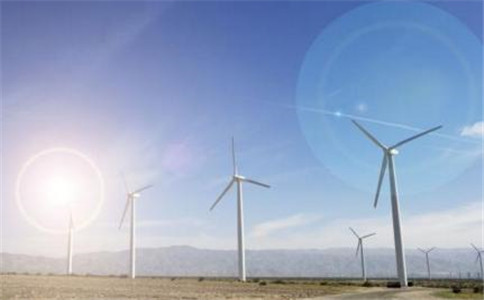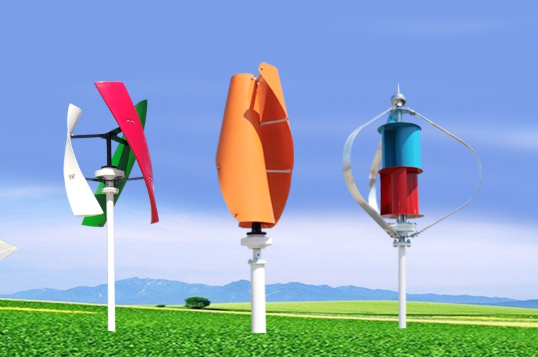Types of wind power
Although there are many types of wind turbines, they can be summarized into two categories: horizontal axis wind turbines, where the rotation axis of the wind wheel is parallel to the wind direction; vertical axis wind turbines, where the rotation axis of the wind wheel is perpendicular to the ground or the direction of the airflow.
1. Horizontal axis wind turbine

Horizontal axis wind turbines are divided into two types: lift type and drag type. The lift-type wind turbine rotates fast, and the resistance type rotates slowly. For wind power generation, lift-type horizontal axis wind turbines are mostly used. Most horizontal axis wind turbines have anti-wind devices, which can rotate with the wind direction. For small wind turbines, this wind-facing device uses a tail rudder, while for large wind turbines, a transmission mechanism composed of wind direction sensing elements and servo motors is used.
The wind turbine with the wind wheel in front of the tower is called the upwind wind turbine, and the wind turbine with the wind wheel behind the tower becomes the downwind wind turbine. There are many styles of horizontal-axis wind turbines, some have wind wheels with inverted blades, and some are equipped with multiple wind wheels on a tower to reduce the cost of the tower under the condition of a certain output power. The shaft wind turbine generates a vortex around the wind wheel, concentrates the airflow, and increases the airflow speed.
2. Vertical axis wind turbine

The vertical axis wind turbine does not need to face the wind when the wind direction changes. Compared with the horizontal axis wind turbine, it is a great advantage in this regard. It not only simplifies the structural design, but also reduces the gyro force when the wind wheel is facing the wind.
There are several types of vertical-axis wind turbines that use resistance to rotate. Among them, there are wind wheels made of flat plates and quilts, which are pure resistance devices; S-type windmills have partial lift, but are mainly resistance devices. These devices have a large starting torque, but a low tip speed ratio, and provide low power output under the condition of a certain size, weight, and cost of the wind wheel.